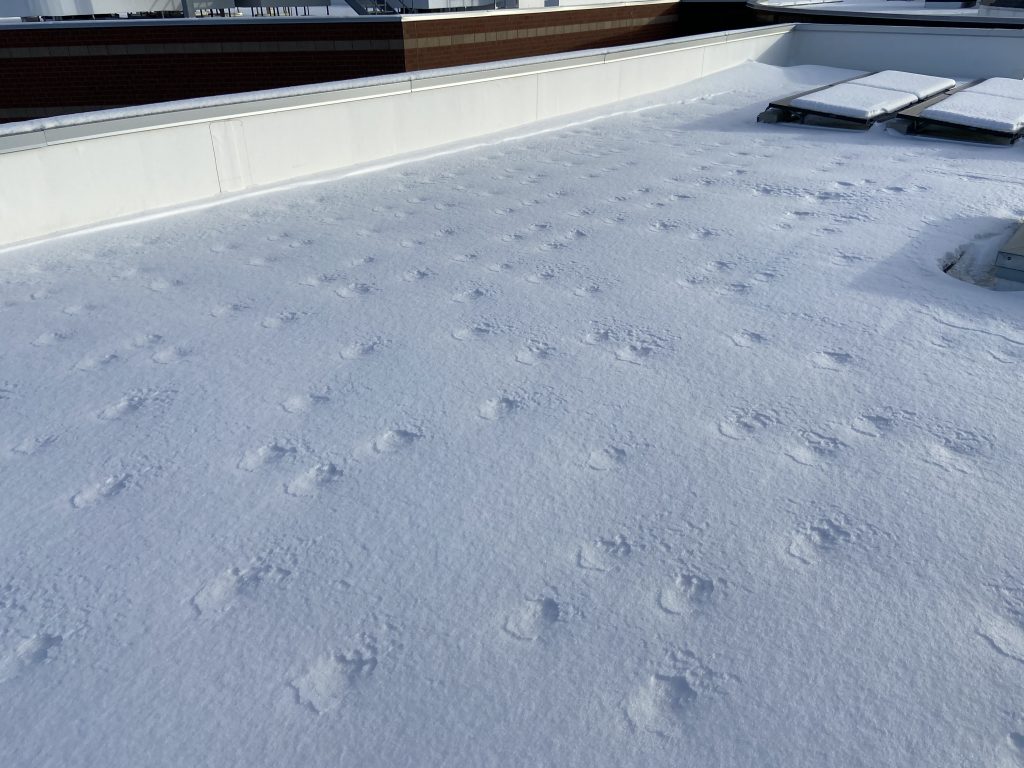Assessment of Thermal Bridging of Fasteners Through Insulated Roof Assemblies

Fasteners through roofing assemblies, composed of metal screws and plates, are thermal bridges that bypass the thermal insulation and create points of increased heat flow.
As energy code requirements for thermal insulation have become more stringent, quantifying that loss through the building enclosure due to thermal bridging has become more relevant. For this reason, some energy codes and performance standards require documenting thermal bridges and quantifying their influence through detailed analysis. The impacts of point thermal bridges (such as fasteners) can be numerically simulated with software tools; however, such simulations are often time-consuming and sometimes need laboratory tests as validation.
This study provides a relative comparison of various roofing configurations with and without fasteners. The authors compare the thermal performance of a physical assembly, tested under controlled laboratory conditions, with a detailed three-dimensional (3-D) computer simulation of the same assembly. By incrementally increasing the complexity of the assemblies in the tests and simulations, the authors seek to better understand the limitations of simulations, with the ultimate goal of developing an experimentally validated computer simulation approach that will enable the evaluation of a broader range of roof assemblies and roof fastener configurations.
The authors have approached this in two phases, the first of which is covered within this paper. This preliminary phase focused on the change in heat flux or flow (converted into a thermal resistance or R-value) through a series of test roof assemblies with and without fasteners. The authors did not compare surface or internal temperatures of the test assemblies to computer simulations and so cannot yet comment on the validity or accuracy of the simulations and the experimental results. The authors intend to publish a separate follow-up study comparing the experimental data to two and three-dimensional computer simulations to review the accuracy of computer modeling methods commonly used for calculating and accounting for thermal bridges in the design and construction industry.
Publisher
IIBEC Interface